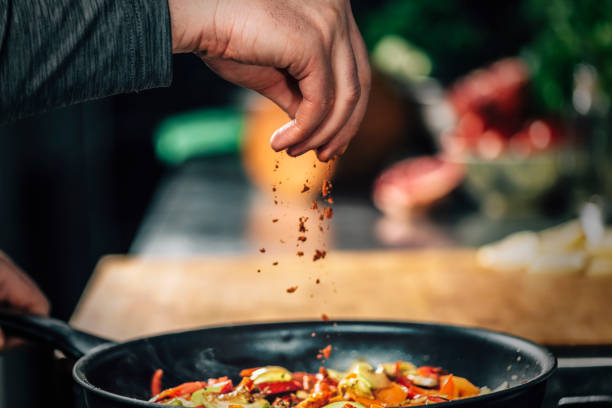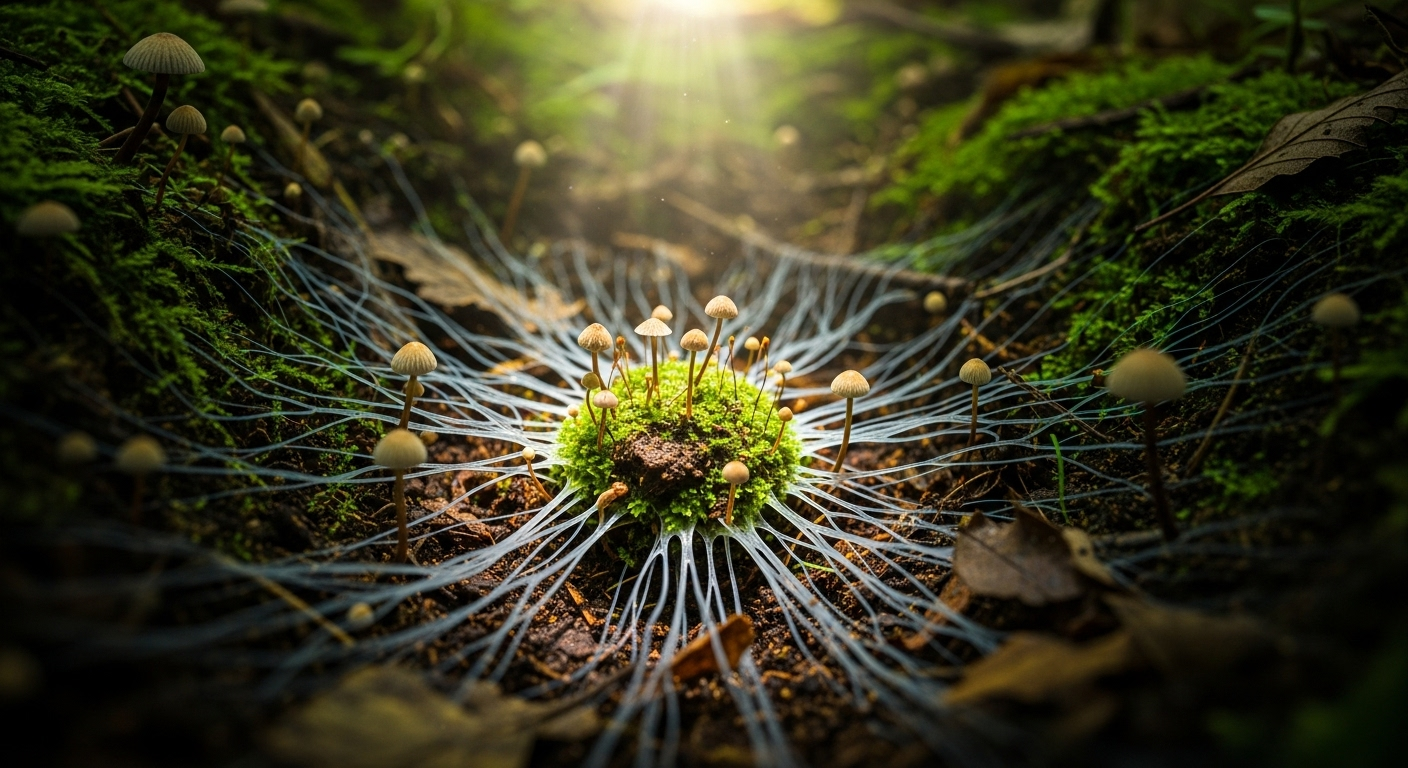Umami Alchemy: The Art of Flavor Layering
Unlocking the secrets of umami and mastering the art of flavor layering can transform your culinary creations from ordinary to extraordinary. This gastronomic journey explores the science behind taste sensations and provides practical techniques to elevate your dishes. Discover how to harmonize flavors, create depth, and craft memorable dining experiences that tantalize the palate and leave a lasting impression.

Building Blocks of Flavor
The art of flavor layering begins with understanding the building blocks of taste. Beyond the five basic tastes, factors such as aroma, texture, and temperature all contribute to our overall perception of flavor. Start by identifying the primary flavors in your dish and consider how they interact with one another. For example, the acidity of citrus can brighten and balance rich, fatty flavors, while the sweetness of caramelized onions can complement and soften bitter notes in vegetables. Experiment with contrasting flavors to create dynamic taste experiences, such as pairing sweet and salty elements or combining creamy textures with crunchy components. By thoughtfully considering these building blocks, you can create harmonious and complex flavor profiles that engage all the senses.
Techniques for Flavor Enhancement
Mastering various cooking techniques is essential for unlocking and enhancing flavors in your dishes. Slow-cooking methods, such as braising and stewing, allow flavors to meld and develop over time, resulting in rich, complex tastes. On the other hand, high-heat techniques like searing and grilling can create caramelization and Maillard reactions, producing deep, savory flavors and appealing textures. Experiment with different cooking methods to discover how they affect the taste and texture of your ingredients. Additionally, consider the impact of marinades, rubs, and brines, which can infuse flavors deep into foods before cooking. By employing a variety of techniques, you can create layers of flavor that unfold with each bite, keeping diners engaged and excited throughout the meal.
The Power of Aromatics and Herbs
Aromatics and herbs play a crucial role in flavor layering, adding depth, complexity, and freshness to dishes. Start by building a flavor base with aromatic vegetables like onions, garlic, and celery, which provide a foundation for many cuisines worldwide. Experiment with different herb combinations to create unique flavor profiles, such as the classic French bouquet garni or the aromatic blend of Thai basil, cilantro, and mint. Consider the timing of herb additions: robust herbs like rosemary and thyme can withstand long cooking times, while delicate herbs like basil and parsley are best added at the end to preserve their fresh flavors. By thoughtfully incorporating aromatics and herbs throughout the cooking process, you can create a symphony of flavors that evolve and develop as the dish is enjoyed.
Balancing Act: Acidity, Sweetness, and Heat
Achieving the perfect balance of flavors is the hallmark of a skilled chef. Understanding how to manipulate acidity, sweetness, and heat can take your dishes from good to exceptional. Acidity, found in ingredients like citrus fruits, vinegars, and wines, can brighten flavors and cut through richness. Sweetness, whether from natural sugars in vegetables or added sweeteners, can round out sharp flavors and enhance savory notes. Heat, provided by chili peppers, spices, or condiments, adds excitement and can amplify other flavors when used judiciously. The key is to find the right balance for each dish, adjusting these elements to create a harmonious flavor profile. Remember that balance doesn’t always mean equal parts; sometimes, a dish benefits from a slight emphasis on one element to create interest and depth.
Flavor Layering Tips and Tricks
-
Start with a flavor base: Use aromatic vegetables like onions, garlic, and celery to build a foundation of flavor.
-
Experiment with umami boosters: Try adding small amounts of miso paste, fish sauce, or nutritional yeast to savory dishes.
-
Layer herbs strategically: Add hardy herbs early in cooking and delicate herbs at the end for maximum flavor impact.
-
Balance with acid: A squeeze of lemon or a splash of vinegar can brighten and elevate the overall flavor profile.
-
Embrace contrast: Pair contrasting flavors and textures to create more interesting and dynamic dishes.
-
Use salt throughout: Season in layers as you cook to enhance flavors at every stage.
-
Don’t forget about texture: Incorporate crunchy, creamy, and chewy elements to create a more satisfying eating experience.
-
Experiment with fermented ingredients: Kimchi, pickles, or kombucha can add complexity and depth to dishes.
In conclusion, mastering the art of flavor layering is a journey of experimentation and discovery. By understanding the principles of umami, utilizing various cooking techniques, and balancing different flavor elements, you can create dishes that are greater than the sum of their parts. Remember that flavor layering is as much about intuition as it is about science, so trust your palate and don’t be afraid to take risks in the kitchen. With practice and creativity, you’ll soon be crafting culinary masterpieces that delight and surprise with every bite.





